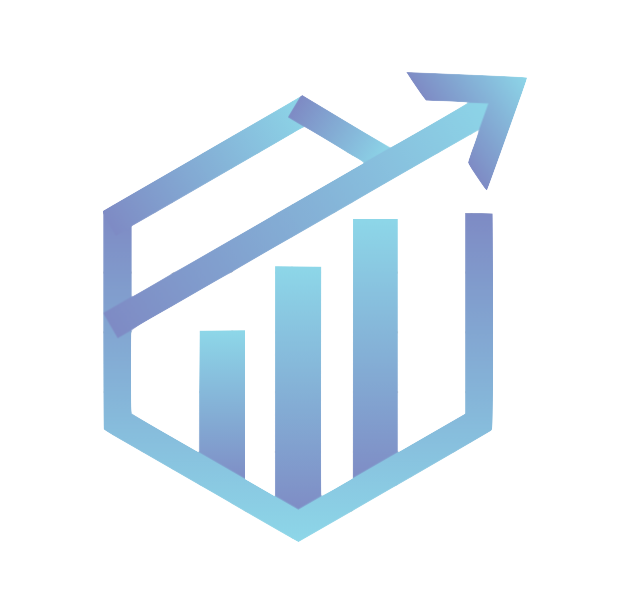A Beginner's Guide to Monetary Policy
By Yi Chen Choo
Suggestion: Read Article on Inflation and Unemployment
Have you ever wondered who's in the driver's seat of the economy? Sometimes it feels like the economy is speeding up, with prices for everything rising, and other times it feels like it's slowing down, and people start worrying about jobs. Initially you might assume these fluctuations are random, but there's actually a powerful force working behind the scenes to keep our ride smooth. This is called monetary policy. a
So, what is this powerful force? Monetary policy is an action taken by a country's central bank to manage the supply of money and credit conditions to help promote economic growth. In the United States, this is the responsibility of the Federal Reserve (often called the fed), and in Indonesia, it's Bank Indonesia (creative naming).
Interest Rates
Before we go further, let's understand the main tool the "Bank of Mom and Dad" uses: interest rates. Basically, interest is the price of borrowing money. If you borrow money, the interest rate is the extra fee you pay for the privilege of using that money now. If you save money in a bank, the interest rate is the reward the bank pays you for letting them use your money. For example, if you borrow Rp 100,000 at a 10% annual interest rate, you'll have to pay back Rp 110,000 after a year. The extra Rp 10,000 is the interest. It’s the central bank’s job to influence these rates across the entire economy.
The "Bank of Mom and Dad" Analogy
Now imagine you and your siblings have a shared economy at home, and your parents act as the central bank. They control how much allowance you get and the rules for borrowing money from them. This is basically the system of monetary policy. Central banks have a few tools to steer the economy, but the most important one is adjusting interest rates.
Speeding Up the Economy: Lowering Interest Rates
Let's say your parents want you to start a small business, like mowing lawns in the neighborhood. To help you get started, they offer you a loan for a new lawnmower at a very low "interest rate." They tell you, "You can borrow $100 for the mower, and you only have to pay us back $101."
Because the cost of borrowing is so low, you're much more likely to take the loan, buy the mower, and start your business. This stimulates your personal "economy."
Now in the real world, when a central bank (mom and dad) lowers interest rates, it becomes cheaper for everyone (you and your siblings) to borrow money. This encourages consumers to take out loans for big purchases like cars and houses and motivates businesses to borrow money to invest in new equipment (lawnmower) and hire more employees. This increased spending and investment helps the economy grow and can reduce unemployment.
Slowing Down the Economy: Raising Interest Rates
Now, imagine you and your siblings have been spending too much money on video games and bidding up the prices of rare collectibles. Your parents are worried that things are getting too expensive and out of control in the household. This is similar to inflation in a real economy.
To cool things down, they decide to raise the "interest rate." Now, if you want to borrow $100, they say you'll have to pay back $120. That high cost of borrowing makes you think twice. You're more likely to save your money instead of borrowing and spending it.
When a central bank raises interest rates, borrowing becomes more expensive for everyone. This discourages spending and encourages saving. The goal is to slow down an "overheating" economy to control inflation which is the rate at which the general level of prices for goods and services is rising.
Why Does This Matter to You?
You may think monetary policy is irrelevant to you, but it has a direct impact on your life, both now and in the future.
The interest rates set by the central bank influence the rates you'll pay on future student loans, a car loan, or even a mortgage for a house. It may also affect the interest you earn on money you put into a savings account. Higher rates mean your savings grow faster. A central bank's goal is to maintain a healthy, stable economy. A stable economy is one where businesses are confident enough to grow and create jobs, which will be important when you're ready to enter the workforce. And finally and possibly most importantly, by keeping inflation in check, monetary policy helps ensure that the money you earn in the future won't lose its value too quickly. It protects your purchasing power, so your salary can buy you more!

